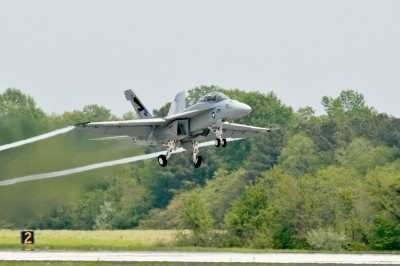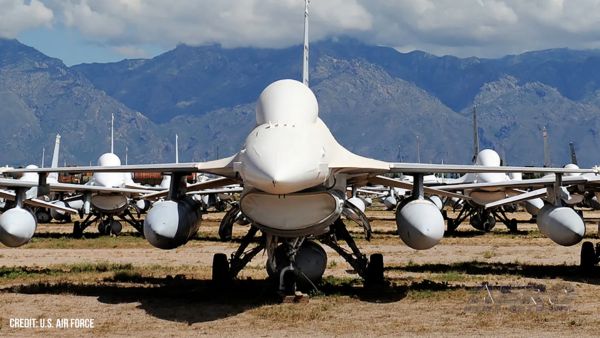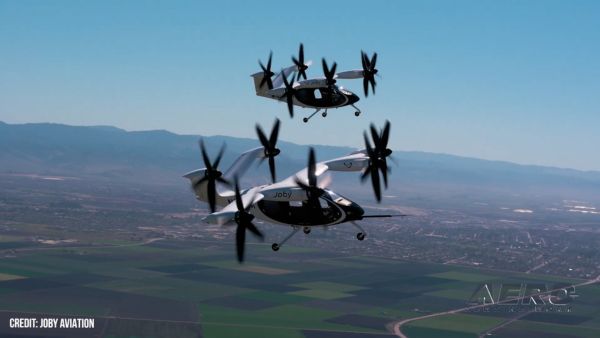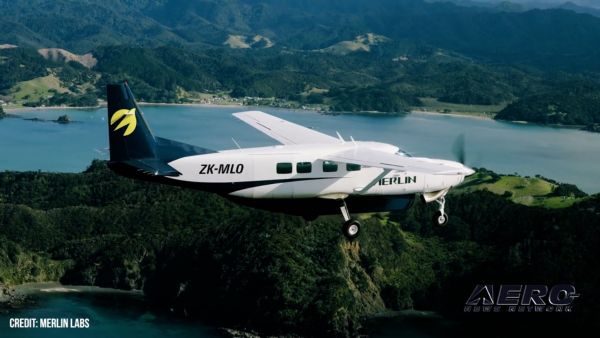Navy Tests "Green Hornet" On Half-And-Half Camelina And
Standard Jet Fuels
The Navy celebrated Earth Day April 22 by showcasing a flight
test of the "Green Hornet," an F/A-18 Super Hornet multirole
fighter jet powered by a biofuel blend. The test, conducted at
Naval Air Station Patuxent River, MD, drew hundreds of onlookers,
including Secretary of the Navy Ray Mabus, who has made the
exploration and adoption of alternative fuels a priority for the
Navy and Marine Corps.

Mabus observed the flight and tracked its data from a Project
Engineering Station at the air station's Atlantic Test Range. After
the jet landed, he met the pilot, Lt. Cmdr. Tom Weaver, of
Billerica, MA.
"The alternative fuels test program is a significant milestone
in the certification and ultimate operational use of biofuels by
the Navy and Marine Corps," said Mabus. It's important to
emphasize, especially on Earth Day, the Navy's commitment to
reducing dependence on foreign oil as well as safeguarding our
environment. Our Navy, alongside industry, the other services and
federal agency partners, will continue to be an early adopter of
alternative energy sources."
The Green Hornet runs on a 50/50 blend of conventional jet fuel
and a biofuel that comes from camelina, a hardy U.S.-grown plant
that can thrive even in difficult soil.
The Defense Energy Support Center, which oversees procurement of
biofuel for the Navy, recently awarded a $2.7 million contract to
Sustainable Oils of Seattle and Bozeman, Mont., for 40,000 gallons
of camelina-based fuel. The Navy's ultimate goal is to develop
protocols to certify alternative fuels for use in its aircraft and
ships.
"The aircraft flew exactly as we expected- no surprises," said
Weaver, F/A-18 project officer for Air Test and Evaluation Squadron
(VX) 23 and pilot for the Earth Day flight test. "The fuel works so
well, all I needed to do was just fly the plane."
"Our mission today and for the rest of the flight tests is to
confirm that the fuel makes no difference in performance across the
Super Hornet's entire flight envelope, from subsonic to supersonic
operations," said Mark Swierczek, Naval Air Systems Command
propulsion flight test engineer. "Preliminary results show there
was no difference in engine ops attributable to the biofuel. Engine
performance is normal and as expected."

Secretary Of The Navy Ray Mabus
The Navy Fuels Lab at Patuxent River is developing certification
standards for a variety of renewable, alternative fuel sources.
"These flight tests are part of an extensive test and evaluation
process that started last fall," said Rick Kamin, the Navy's Fuels
team lead. "The fuel's chemical and physical properties were first
analyzed in the lab, followed by component and engine performance
testing - and now in a series of flight tests covering the entire
flight envelope of the Super Hornet – including supersonic
operations."
According to Kamin, final approval and certification for the
camelina-based biofuel could take an additional six to nine months
after flight test April 22. The Earth Day flight test is one of 15
planned test flights requiring approximately 23 flight-hours to
complete, starting in mid-April 2010 and completing by mid-June
2010. The Earth Day flight lasted about 45 minutes.
The Green Hornet biofuel program is the first aviation test
program to test and evaluate the performance of a 50/50 biofuel
blend in supersonic (above mach 1) operations – a critical
test point to successfully clear the F/A-18 E/F for biofuel
operations through its entire flight envelope. Once successfully
demonstrated on the F/A-18 F414 engine, the Navy will expand its
certification efforts to other Navy and Marine Corps aircraft and
Navy tactical systems.
 ANN's Daily Aero-Term (05.12.25): Execute Missed Approach
ANN's Daily Aero-Term (05.12.25): Execute Missed Approach ANN's Daily Aero-Linx (05.12.25)
ANN's Daily Aero-Linx (05.12.25) NTSB Final Report: Piper PA-36-375
NTSB Final Report: Piper PA-36-375 Airborne-NextGen 05.06.25: AF Uncrewed Fighters, Drones v Planes, Joby Crew Test
Airborne-NextGen 05.06.25: AF Uncrewed Fighters, Drones v Planes, Joby Crew Test ANN's Daily Aero-Linx (05.13.25)
ANN's Daily Aero-Linx (05.13.25)




